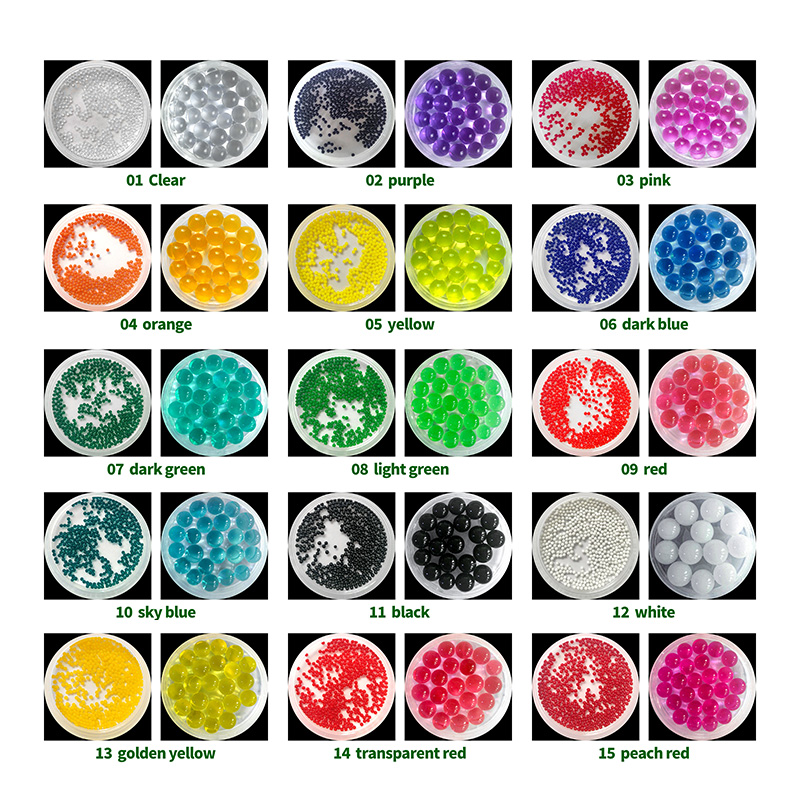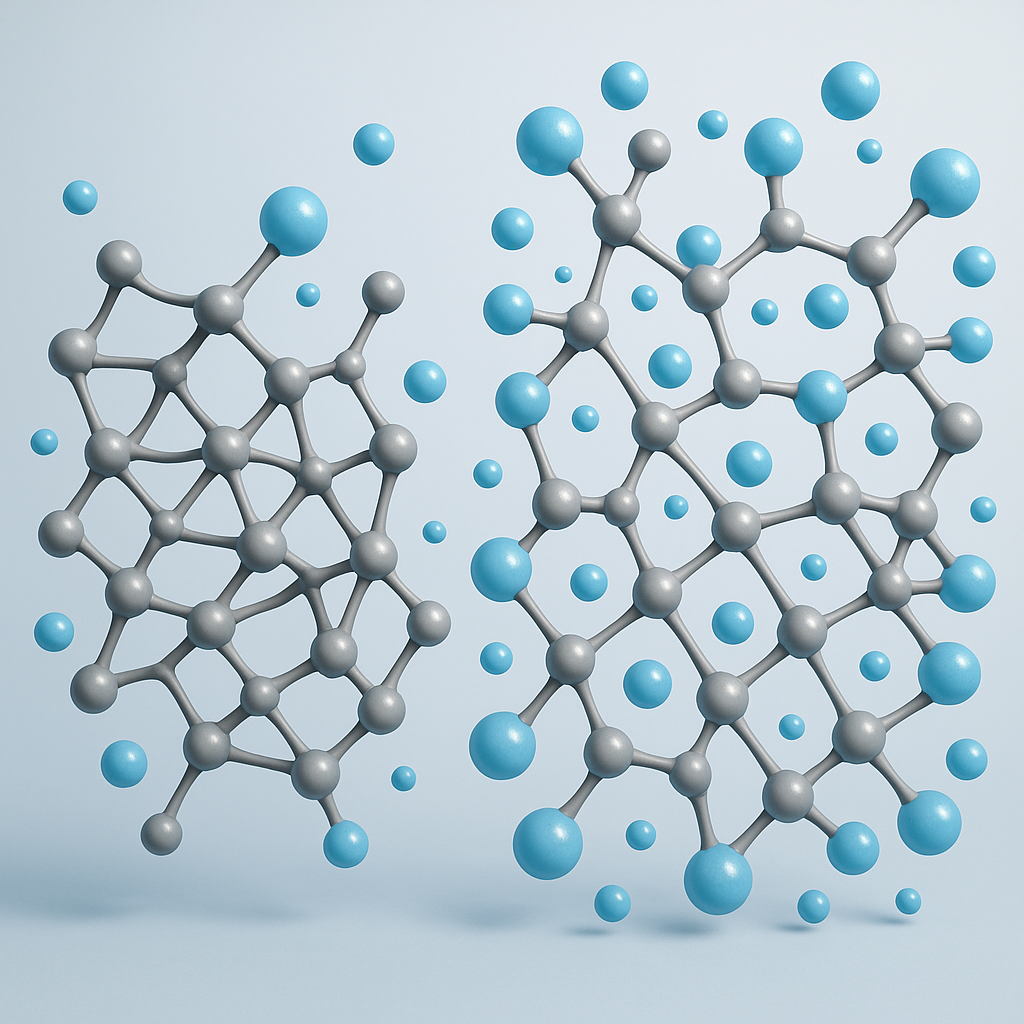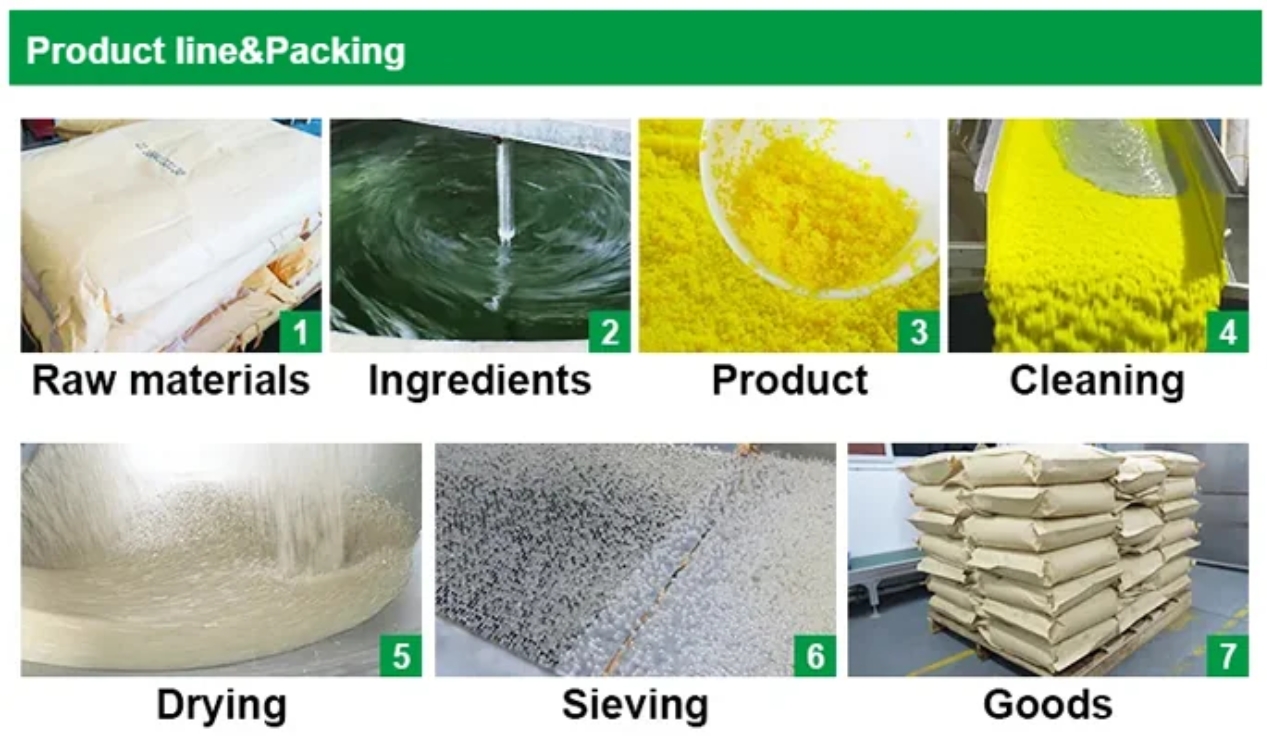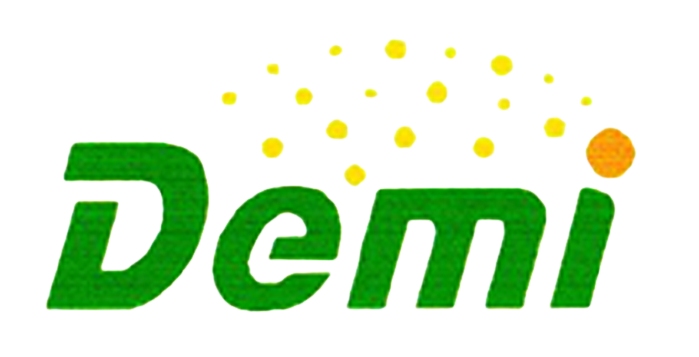Picture this: A diaper pad absorbing 30 times its weight in liquid without leaking. Colorful water beads swell to 100 their original size to create mesmerizing home décor. Tiny hydrogel crystals embedded in desert soil, boosting crop survival rates by 30%. These aren’t sci-fi fantasies – super absorbent materials (SAMs) power them all.
Some may wonder, How can a handful of polymer powder trap liters of water? What gives these materials their “thirsty” superpower? Let’s dissect the science behind the magic.
What Makes a Material “Super Absorbent”
The standard for “super absorbent” materials is that they can soak up at least 100 times their weight in pure water. It must also keep at least 90% of that liquid under pressure.
The common super absorbent materials include:
- Synthetic Super absorbent Polymers (SAPs): Sodium Polyacrylate – The most widely used SAP, found in diapers, sanitary napkins, and medical pads. It can absorb hundreds of times its weight in water (usually 300~1000 times).
- Natural Super Absorbent Materials:Carboxymethyl Cellulose (CMC) and starch-based graft copolymers, like starch-acrylate, are eco-friendly. They are commonly used in biodegradable diapers and agricultural applications.
- Mineral-Based Absorbents:Clay-based Absorbents (e.g., bentonite, attapulgite) – Used in industrial spill cleanup, Water purification, and animal litter.
Superstar Material: The Chemistry of SAP
The reason why Super Absorbent Polymers (SAPs) can absorb water is that their hydrophilic polymer structure and crosslinked network allow them to trap and retain large volumes of liquid.
- SAPs (like polyacrylate) contain many carboxylate groups (-COO⁻) that attract and bind water molecules via hydrogen bonding and ionic interactions. These groups have a strong affinity for water, causing the polymer to pull in and hold onto water molecules.
- The inside of the polymer networkhas a high concentration of metal ions. On the one hand, when the polymer comes in contact with water, osmosis drives water into the polymer to equalize ion concentration, causing it to swell. On the other hand, this influx of water continues until the elastic force of the stretched polymer network balances osmotic pressure.
- The polymer chains arelightly crosslinked, meaning they’re connected in a 3D web-like structure. This structure prevents the SAP from dissolving in water while allowing it to expand and retain water like a sponge.
From Lab to Factory: How SAP is Made
Here’s a simplified overview of how SAP is made:
- Monomer Preparation
The base monomer is acrylic acid (CH₂=CHCOOH). It’s usually neutralized with sodium hydroxide (NaOH) to form sodium acrylate, which improves absorbency and water retention.
CH2=CHCOOH+NaOH→CH2=CHCOONa+H2O
The absorbent polymers produced in this way are generally white. However, many colorful, absorbent beads commonly found on the market are used as decorations or toys. The reason for the variety of colors is that manufacturers add pigments during the preparation process to dye the acrylic material. Learn more about Demi’s colorful super absorbent polymers.
- Polymerization
The monomer solution is subjected to free radical polymerization. Crosslinking agents (like N, N′-methylene bisacrylamide) are added to create a 3D network structure, which gives SAP its gel-forming and water-retention ability.
- Drying
The wet gel is dried at controlled temperatures to remove water while retaining the structure.
- Milling & Sieving
The dried polymer is milled into fine particles (Demi provides 4 main sizes: 1.5~2.0, 2.0~2.5, 2.5~3.0, 3.0~3.5, custom size option is also available).
Particles are sorted to ensure their size is uniform for various uses. These uses include gel ball blasters, soil conditioners for agricultural purposes, and sensory toys for children.
- Final Product:
A white, grainy powder that can absorb hundreds of times its own weight in water and swell into a gel. Demi offers a wide range of colors, including Clear, Black, Purple, Pink, Orange, Yellow, Green, Light Green, and Red. We can also customize the colors according to our client’s needs. Welcome to contact us for business co-operation.
Where SAP Rules: Unexpected Applications
- Absorbent pads:
- Meat trays: These specialized absorbent pads for meat trays are designed with high-performance absorption capabilities. Each individual pad is engineered to effectively absorb up to 100ml of blood or other fluids. These pads have met the strict requirements set by the USDA (United States Department of Agriculture), ensuring they adhere to high standards for quality, safety, and functionality in the meat packaging industry.
- Pet urine pads: The pet urine pads are equipped with a 2 – 2-centimeter Super Absorbent Polymer (SAP) layer. This thick and advanced SAP layer is a key feature that provides outstanding absorption performance. It has been tested and shown to handle 8 or more instances of dog urination, which keeps the area dry and clean for an extended period, which is very convenient for pet owners.
- Fun & functional:
- Water beads: These water beads have a diameter ranging from 2 to 15 mm. In terms of the hydration process, they need to be hydrated over 4 – 8 hours.
- Instant snow: When you mix Super Absorbent Polymer (SAP) powder with water, it creates cold packs. These packs can get as cold as -20°C.
- Green Revolution in Agriculture
Water-saving crystals are an innovative solution in modern agriculture. When 1 kilogram of SAP is thoroughly mixed with the soil, it can effectively store up to 400 liters of water. This stored water serves as a vital reserve during periods of drought.
In Brazil, extensive agricultural trials have been conducted. The results are pretty remarkable. In semi-arid areas, corn crops grown in soil with SAP have yielded 45% more than those without it. This clearly demonstrates the potential of water-saving crystals in enhancing agricultural productivity in challenging environmental conditions.
Wholesale Quality SAPs at Demi
As a gel water beads manufacturer and water beads manufacturer, Demi has 20+ years of experience in researching, developing, and producing super absorbent polymers (SAP) and related products. With extensive manufacturing experience, our water beads feature uniform sizes and full, round shapes. Due to their high quality, they are not easily breakable and have a wide range of uses, including aromatherapy, toys, decorations, and water ball guns.
Our company has over 200 employees and 80 production lines, and we hold numerous patents and quality system certifications. In addition, Demi provides OEM and ODM services for a wide range of applications, offering competitive quality and prices. DEMI specializes in creating personalized one-stop food packaging solutions tailored to individual customer requirements. Contact us for business co-operation today!





